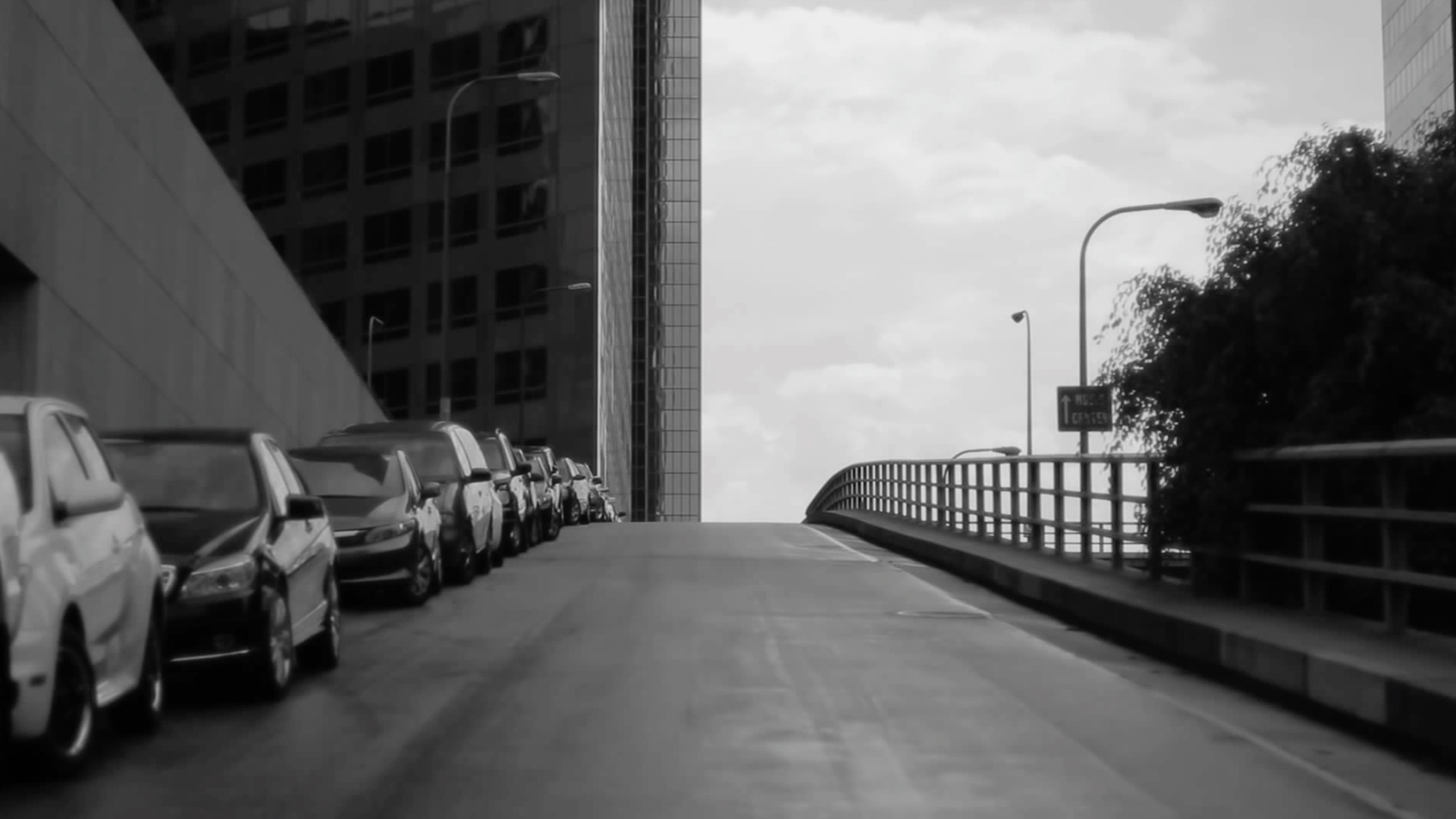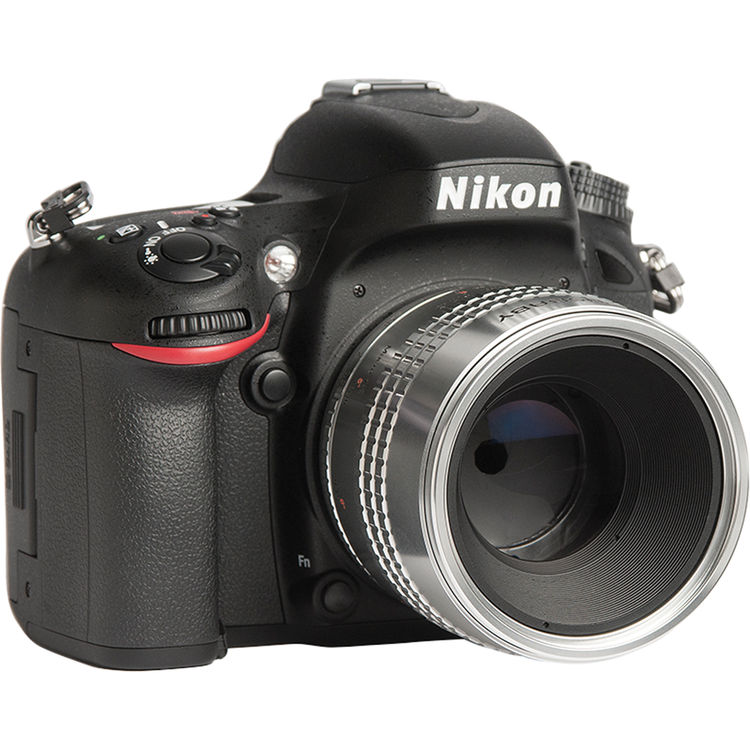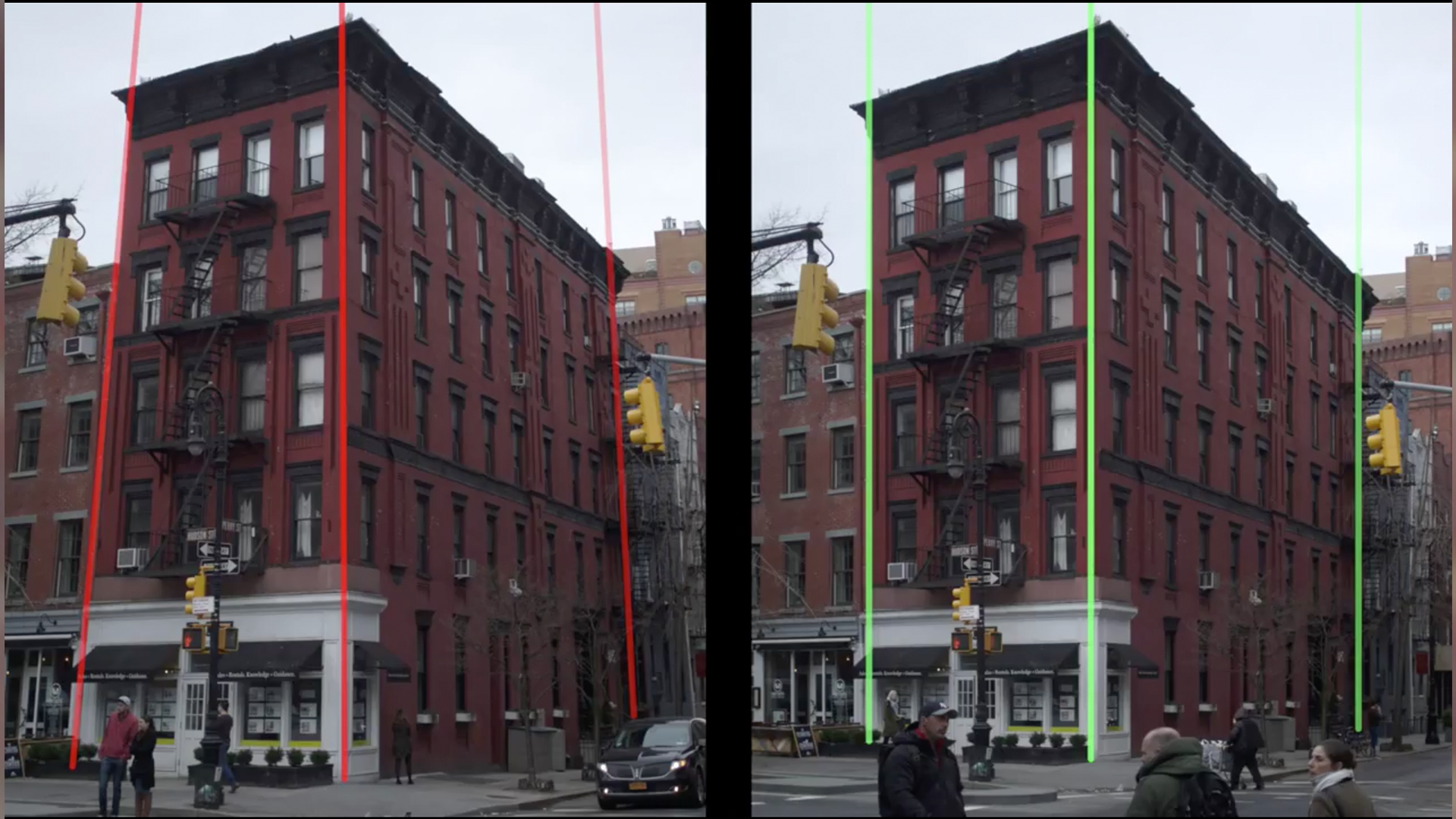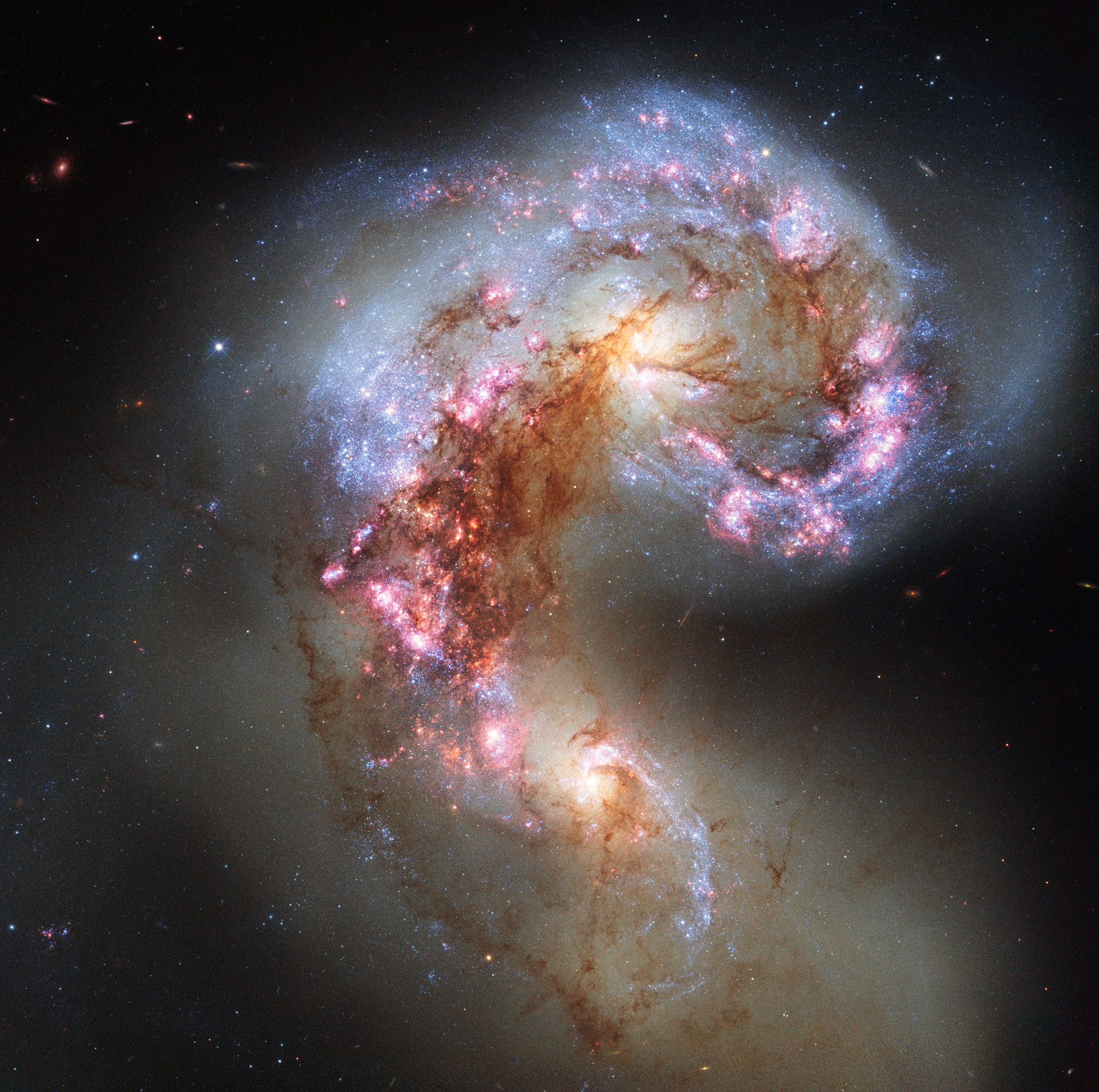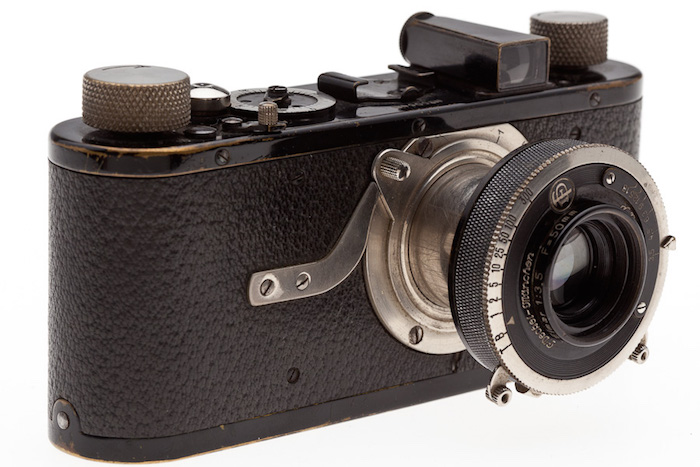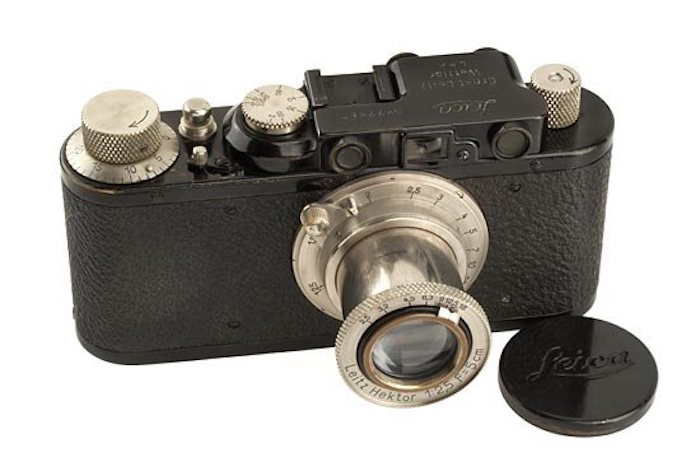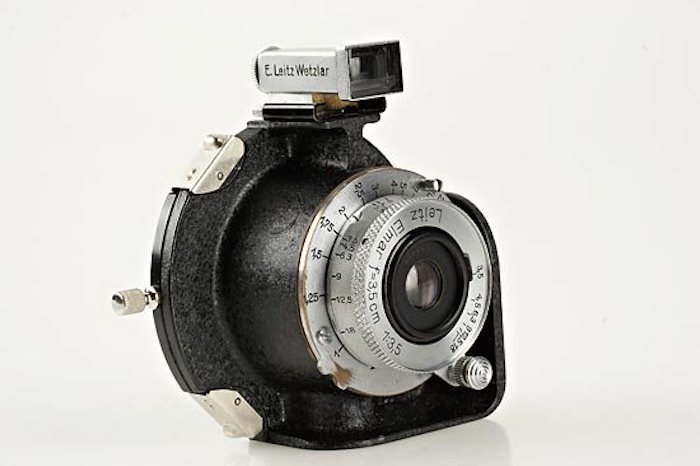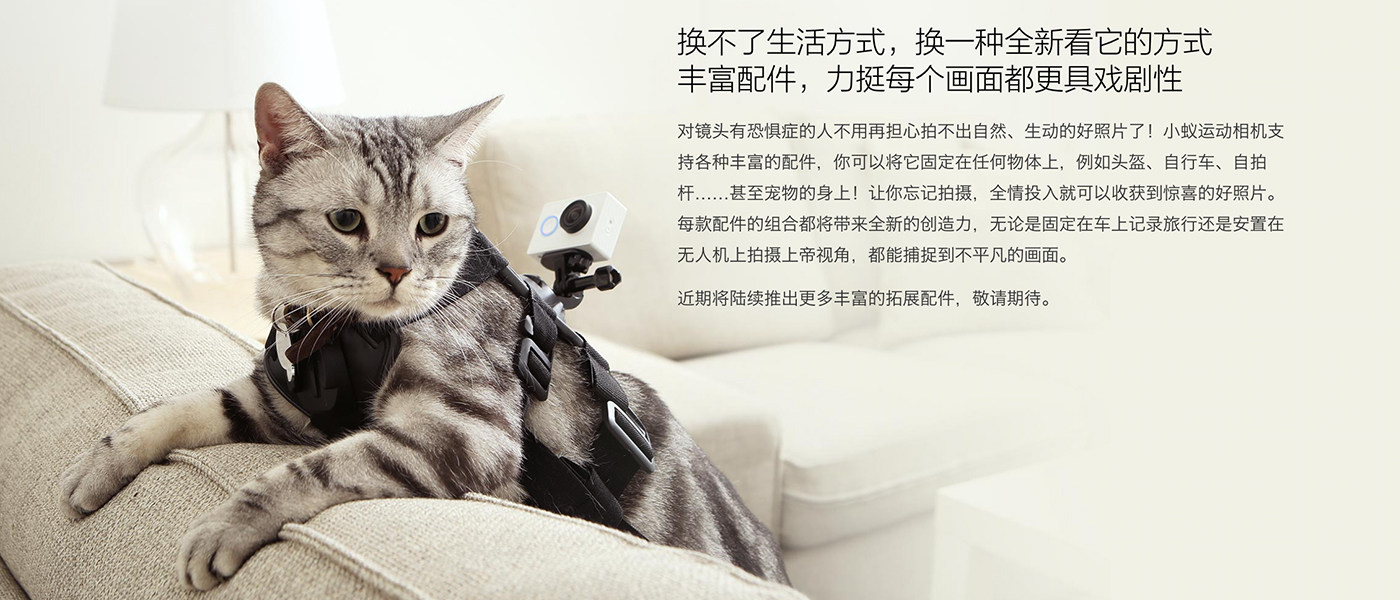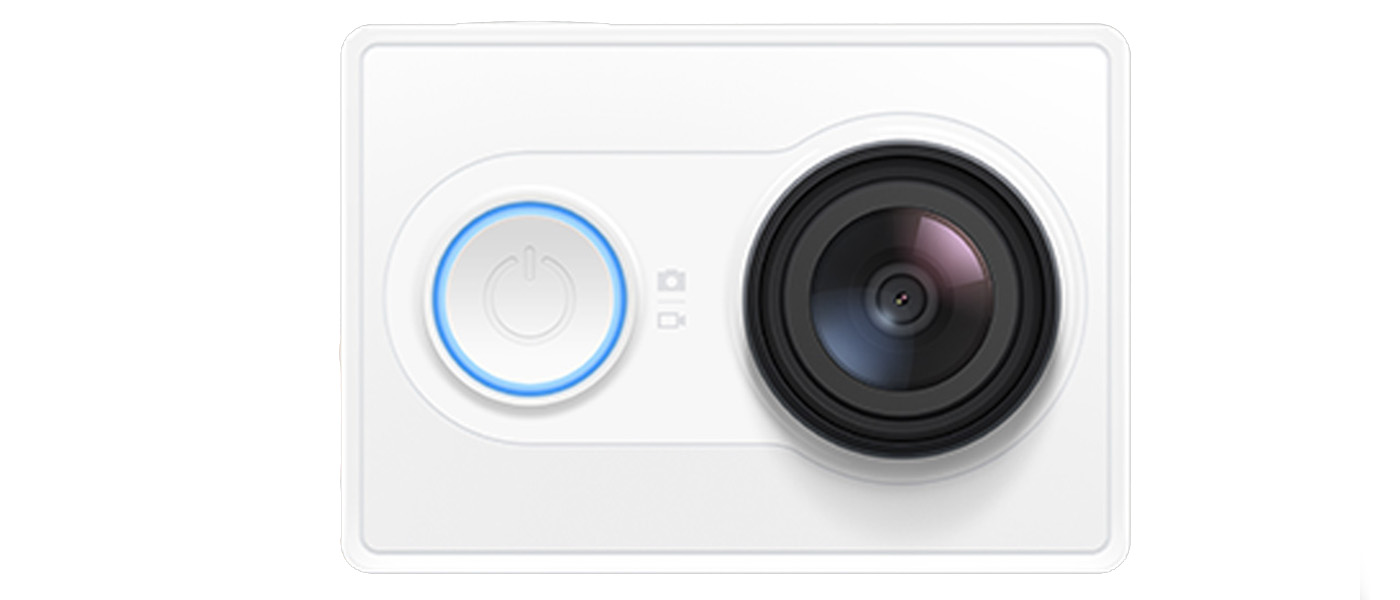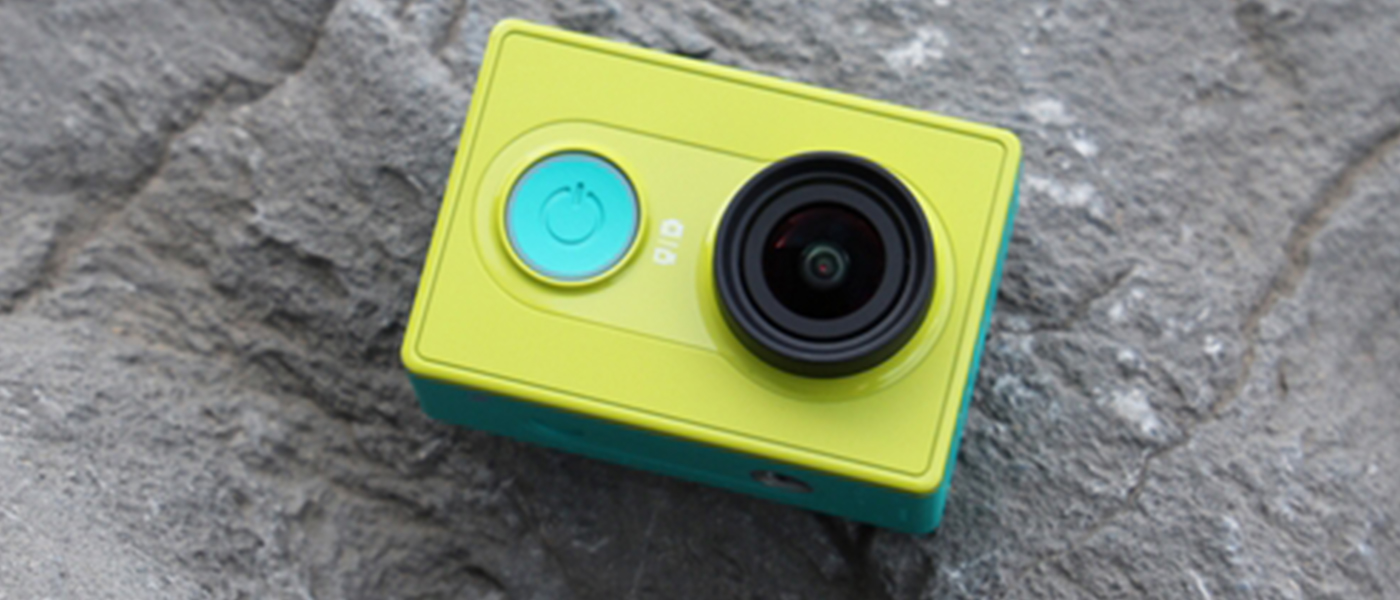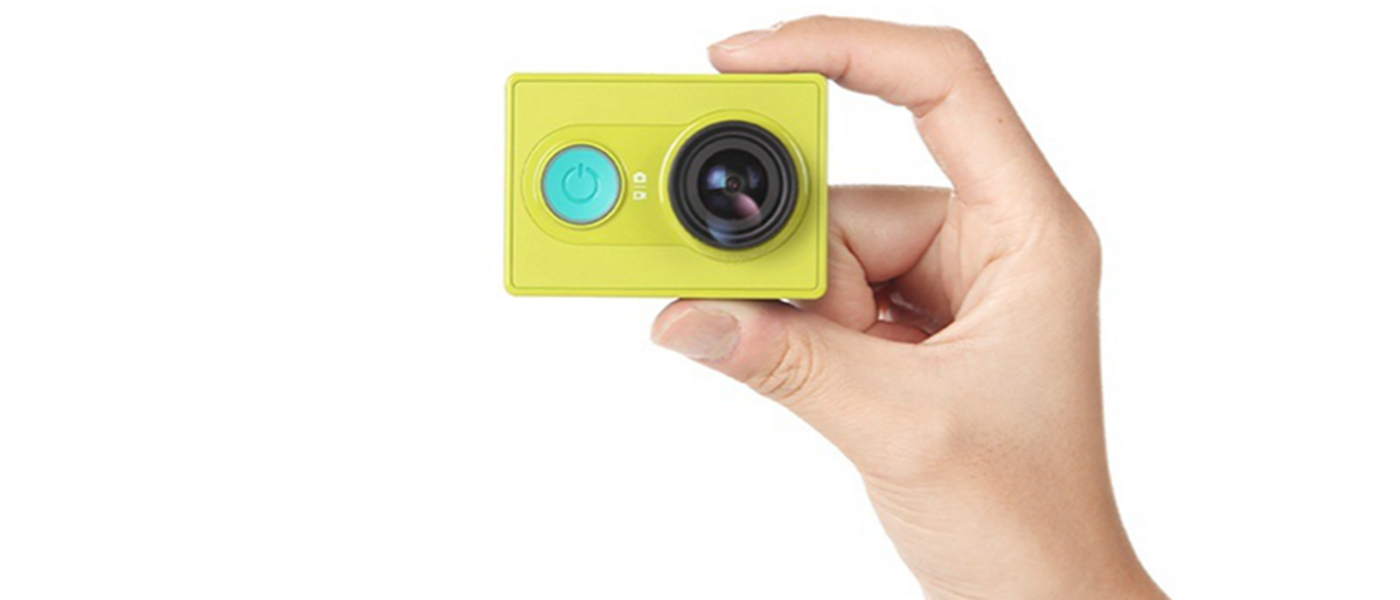Introducing the all new Lensbaby Velvet 56 Classic Portrait Lens

One of the biggest gripes photographers have with lenses from the 1980's and earlier is that they are just not as sharp as the lenses produced today. When stopping down to apertures of f/1.8 there is a clearly noticeable soft glow, a hazy or dreamy kind of look.
But what makes these lenses less desirable for most is exactly what Lensbaby is embracing in their new Lensbaby Velvet 56 f/1.6 portrait lens.
"Our Velvet 56 classic portrait lens gives you a velvety, ethereal start with a smooth finish, from the big picture to the smallest details. Bringing modern-day simplicity to the carefully crafted build and look of mid-20th century portrait lenses.." - Lensbaby.com
Lensbaby Velvet 56 Price: $499 & $599
56mm Focal Length f/1.6-16 1:2 Macro Focus: 5" to Infinity Metal Construction Black or Silver Edition (SE)
Velvet 56 Release Date: April 13, 2015
[embed]https://youtu.be/glZr85dsrvc[/embed]
Lensbaby Velvet 56 Images: Bhphotovideo.com
Sample Images:
With the Velvet 56 coming in a black version and silver edition (SE), it's a shame they don't refer to the first as Black Velvet. I guess that was taken.
[embed]https://youtu.be/tT4d1LQy4es[/embed]
Full Press Release:
PORTLAND, OR and ST. LOUIS, MO–(Marketwired – Apr 7, 2015) –(ShutterFest 2015) — Lensbaby, providing creative effects lenses to photographers that ignite their creativity and expand their unique visions of the world, today announced the Velvet 56, a new high-end classic portrait lens. Velvet 56 will be on display for the first time during ShutterFest 2015, being held April 7-8 at St. Louis Union Station, St. Louis, Missouri.
Velvet 56 is a 56mm f/1.6 SLR and mirrorless camera lens with 1:2 macro capabilities. This “new classic” portrait lens delivers a velvety, glowing, ethereal look at brighter apertures, and beautifully sharp but subtly unique images as you stop down — with gorgeous, velvety tones that give digital images a film-like, organic quality. Incredibly versatile, Velvet 56 enables photographers to move seamlessly from shooting an environmental portrait, to capturing details in a subject’s clothing or jewelry. Nature and macro photographers will find its close-focus capabilities, combined with effects varying from impressionistic to just a touch of velvety smoothness, provide a set of visual tools that will expand their vision of the world.
Evoking the image style and construction quality of classic portrait lenses of the mid-20th century, Velvet 56 features the heft and smooth, dampened manual focus of these early lenses. Velvet 56, with an all metal body, will be available in two colors: traditional black, plus, Velvet SE, a special silver edition. Velvet SE will feature a beautiful clear-anodized finish, along with engraved aperture and focus markings.
Industry Reaction
“Excited was an understatement. When the box arrived, I ripped it open…5 minutes later I ran down into the studio shooting test shots…Result? LOVE LOVE LOVE. This is going to be a huge hit.” – Sal Cincotta, photographer, educator, founder of ShutterFest, and publisher of Shutter Magazine —www.salcincotta.com and www.behindtheshutter.com
“I am IN LOVE with this lens! The thing that makes me most excited, and the reason I never want to take it off my camera, is the way it jumps from macro to far away shooting. I adore it! It is the perfect lens for a portrait or lifestyle session because you never have to take the lens off.” – Caroline Jensen, portrait photographer & educator, www.carolinejensenblog.com
“I don’t know what it is about this lens that makes me so emotional, but when I opened this photo up on my desktop it made me cry…have never experienced that before, it’s like this lens sees like I do…It’s like coming home…” – Kathleen Clemons, nature photographer & educator, http://kathleenclemonsphotography.com/
Velvet 56 allows direct access to the creative process of making beautiful and compelling images. This lens is a fluid extension to the photographic experience — the touch of the flawless metal, the tactile feel of minute details etched into its surface, the sensation of smooth, dampened manual focus. Photographers can effortlessly evoke classic appeal and transition from distant subjects to macro easily, capturing a variety of details in any given scene.
Images http://lensbaby.com/velvet56.php
“Velvet 56 is the result of our tireless efforts to offer a brand new lens design that combines the best qualities of classic lenses while eliminating the negative aspects of classic lenses,” said Craig Strong, Lensbaby Co-founder & Chief Creative Officer. “Utilizing a never before used singlet-doublet-singlet optical design, we have combined a variable glowing highlights with tack sharp latent details even at the maximum, f/1.6, aperture. This groundbreaking design, combined with macro focusing, gives photographers one of the most versatile lenses ever made, helping them create images of any subject matter with unique heart and soul. Portrait photographers can now add a new must-have lens to their bag of most-loved equipment. Nature and macro photographers will appreciate the subtle variable, buttery-smooth aesthetic.”
Velvet 56 Specs and Features
- f/1.6-16
- 1:2 Macro
- 56mm
- 62mm filter
- Focuses from 5″ from front element to infinity
- Metal lens hood included with Velvet 56 lenses for mirrorless cameras only
- Dimensions (DSLR) 86mm at infinity to 112mm at Macro, 71.96mm diameter
- Dimensions (mirrorless without hood) 94mm Infinity to 120mm at Macro
- Weight ~400 grams
Pricing Velvet 56 retails for $499.95 (MSRP) and $599.95 (MSRP) for Velvet SE. The lenses will be available in Canon, Nikon, Sony A and Pentax mounts beginning 4/13/15 at lensbaby.com, B&H, Adorama, and from select specialty photo stores worldwide. Mirrorless mounts including Micro 4/3rds, Sony E, Samsung NX and Fuji X will be available in early May 2015.


